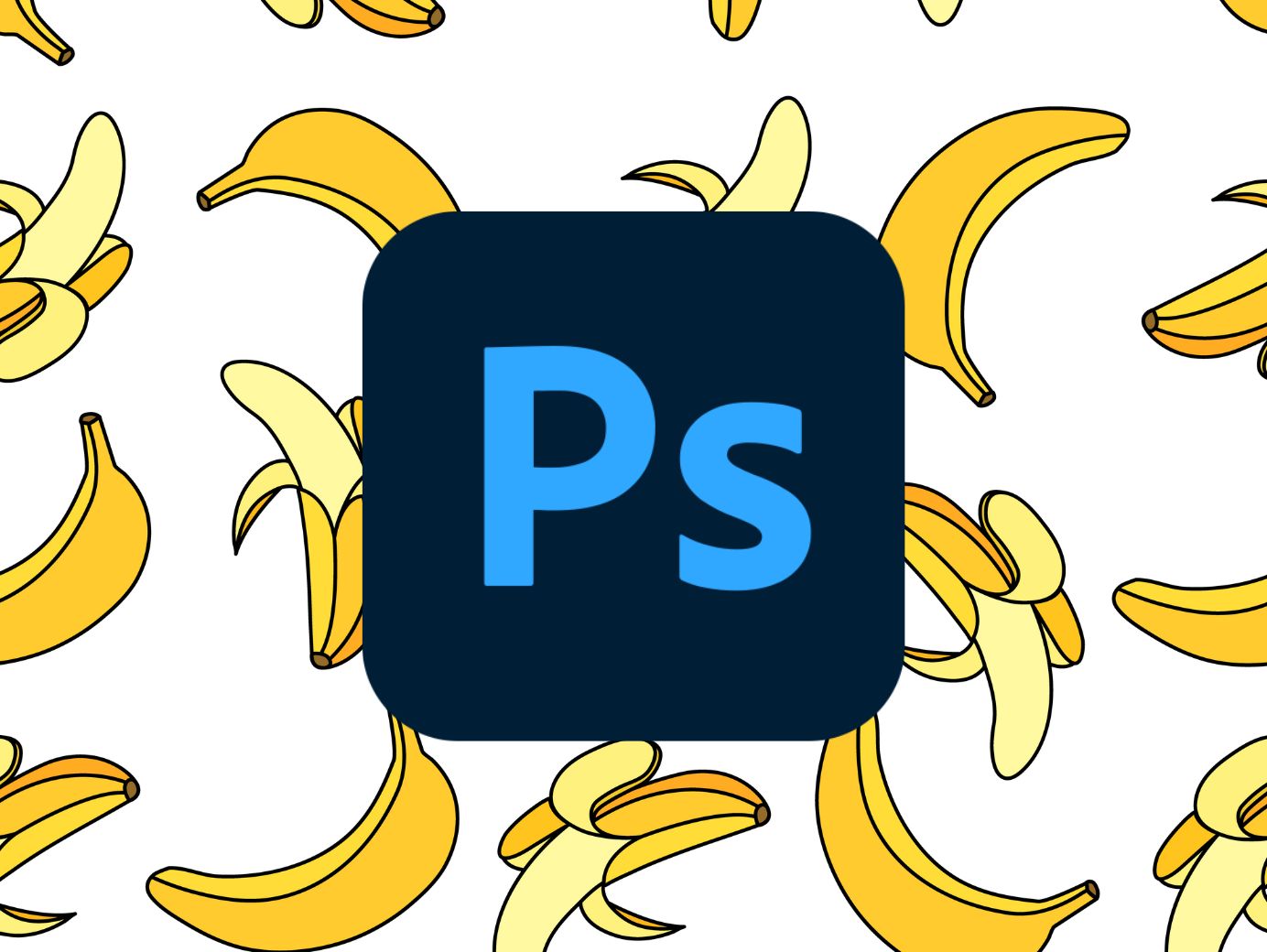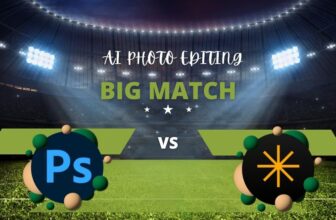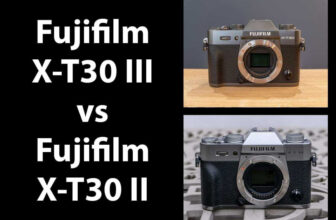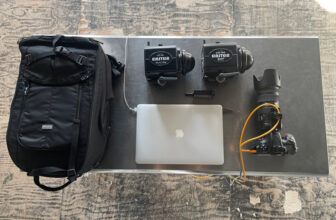
If you’ve been enjoying Photoshop’s Generative Fill tool, you’re about to get blown away.
Not only was it already amazing, but now Adobe has partnered with Google to include a new AI model called Nano Banana.
Why is this a big deal? Because Nano Banana can do things that the previous model used by Generative Fill couldn’t do.
Don’t Have Photoshop?
Download the latest version of Adobe Photoshop to try the magic of Nano Banana today.
Start your free 7-day trial
In this article, I’ll tell you how to use Nano Banana inside Photoshop, show you some examples that’ll make your jaw drop, and give you some tips to get the best results.
If you’re curious to see why I’m so excited about this, keep on reading!
What is Nano Banana?
If you’re like me, you follow social media accounts and other channels that provide photography, AI, and other media news. So, you probably got caught in the hype of Nano Banana a couple of months ago when it was released.
However, if you weren’t in this loop, don’t worry, let me catch you up. Nano Banana (officially called Gemini 2.5) is an advanced AI model developed by Google for image generation and image editing.
Between the two capabilities, photo editing caused the biggest waves. People were saying that it was “insane,” “revolutionary,” “impressive,” and of course, that it would be the end of Photoshop.
Returning to a more realistic level, it is a fantastic tool that can do impressive things, but it falls short in other ways. So, instead of killing Photoshop, it partnered with it.
How to Use Nano Banana in Photoshop?


I’m sure that Nano Banana will be integrated into the regular version of Photoshop in the near future. However, right now, you’ll only find it in Photoshop Beta.
If you’ve never used Beta before, don’t worry; it’s included in your membership and works exactly like the Photoshop you normally use, but it’s a separate application.
The first thing you need to do is to go to your Creative Cloud home page. Now, head on to the Apps menu by clicking on its icon on the left side.
Then, select Beta on the top bar and download Photoshop Beta to your computer.
OK, now you can launch the app and open an image as you normally would. Then, select the image or the area that you want to edit and type a prompt in the Generative Fill prompt space – nothing new so far.
Here’s the thing, though. Next to the prompt, you’ll see the Firefly icon by default. Click it, and you’ll see the menu expand to show all available AI models.
Simply select Gemini2.5 (Nano Banana) and click Generate.
Why Choose Nano Banana When Using Generative Fill?
Trying different AI models when generating or editing images is always a good idea because each one works differently.
In this case, however, there are specific things that Nano Banana can do and the Adobe Firefly model can’t.
To show you a few examples, I tried the same prompts in Photoshop using the default AI model and the Photoshop Beta setting, Nano Banana.
Change camera angle
The camera angle refers to the position of the camera in relation to the subject, and it’s important because it can influence how the viewer “reads” the scene and perceives the subject.
If you try to change the camera angle in Photoshop using the Firefly model, you’ll get a completely different image. Even if it respects the camera angle you asked for, Photoshop also changes the subject, lighting, background, and so on.


Even when I included the words “keep the same subject” and similar instructions, the results were even worse.
You can see this on the right-hand side of the image above: the variations are completely unrelated to the original.
When I did the same experiment in Photoshop Beta and changed the AI model to Nano Banana, I got a pretty precise result – even when I didn’t specify that I wanted the same model.


Change summer to winter or night to day
We often find ourselves in the perfect place at the wrong time. Perhaps we’re travelling and this was the only moment we could visit this photographic destination, or, for whatever reason, you might find yourself wanting to change the season or the time of day.
If you use Generative Fill in Photoshop powered by Firefly, you’ll never be able to achieve this.
As in the previous example, Photoshop will generate a completely different scene, as demonstrated in these examples.


Of course, the change of season can be accomplished using Neural Filters, but we’re talking about a different tool here. What it means in this case is that the Firefly model currently used can’t handle consistency.
Instead, using Nano Banana in Photoshop Beta delivers perfect results – as you can see below.


Make composites
Photoshop has always been the go-to software for making composites, especially if you want to do it manually. This is because it has layers that allow you to do this.
However, it doesn’t have an AI tool that does this for you. Yes, you can add things by using the Generative Fill tool, but it will generate random content based on your prompt.
Let’s say I want to add sunglasses to the model in this photo and have her wear a grey t-shirt. Well, this is what I have to ask Photoshop and be extremely descriptive in my prompt.


While the results are pretty good and realistic, I’ll have to spend a lot of time and variations until I get exactly what I want.
Instead, using Nano Banana, I can add a picture of the exact sunglasses and t-shirt I want my model to be wearing.
Then, I can select the items and write a prompt that the model should be wearing them. That’s how easy it is, and the results— well, judge for yourself.


I used a change of outfit on a model just as an easy example, but you can do a composite with any elements you want.
All you need to do is make sure they’re all open as layers in the same document and are fully visible (expand the canvas if necessary).
You can also make annotations using the text tool to explain where everything needs to go, and Nano Banana will read and interpret them.
Add information
Because Google created Nano Banana, it has access to all its data. So when you ask it to add information to your photo, it already knows what to include.


Look at this example: I selected the image and I wrote a prompt asking to add the names of all the recognizable landmarks in a sans serif font and arrows pointing at them.
You can also ask it to add a neon sign outside a building recognizing the location, or fun facts about that landmark – if Google knows it, Nano Banana knows it too.
This is super helpful for social media content. Of course, you should always double-check the information before publishing it.
Tips for Using Nano Banana in Photoshop
Here are a few extra tips to get the best results when using Generative Fill in Photoshop.
Tip #1: Use local selections
Nano Banana has an output resolution limit. To avoid losing quality in your images, don’t select the entire picture unless it’s necessary.
This doesn’t mean you have to make precise selections – for example, if you want to remove the glare from someone’s eyeglasses, drag a rectangle marquee around them.
Tip #2: Use layer masks to refine the results
When you do a local selection, as suggested in the first tip, you might see a noticeable line around the newly generated area, revealing where the edge of the selection used to be.
To delete this, simply use the brush tool to paint on the layer mask to smoothly blend both layers.
Using layer masks can also help in other situations; for example, if the new generation changes a detail and you would rather keep it as it was in the original.
Tip #3: Try different AI models
If you’re not getting the best results, try changing AI models. In this article, I showed you some examples that couldn’t be done with the Firefly model; however, there are many that can be done by both.
It’s also worth noting that Gemini 2.5 (Nano Banana) is not the only partner model – there’s also FLUX Kontext Pro, and Adobe will probably be adding more.
Credit : Source Post






